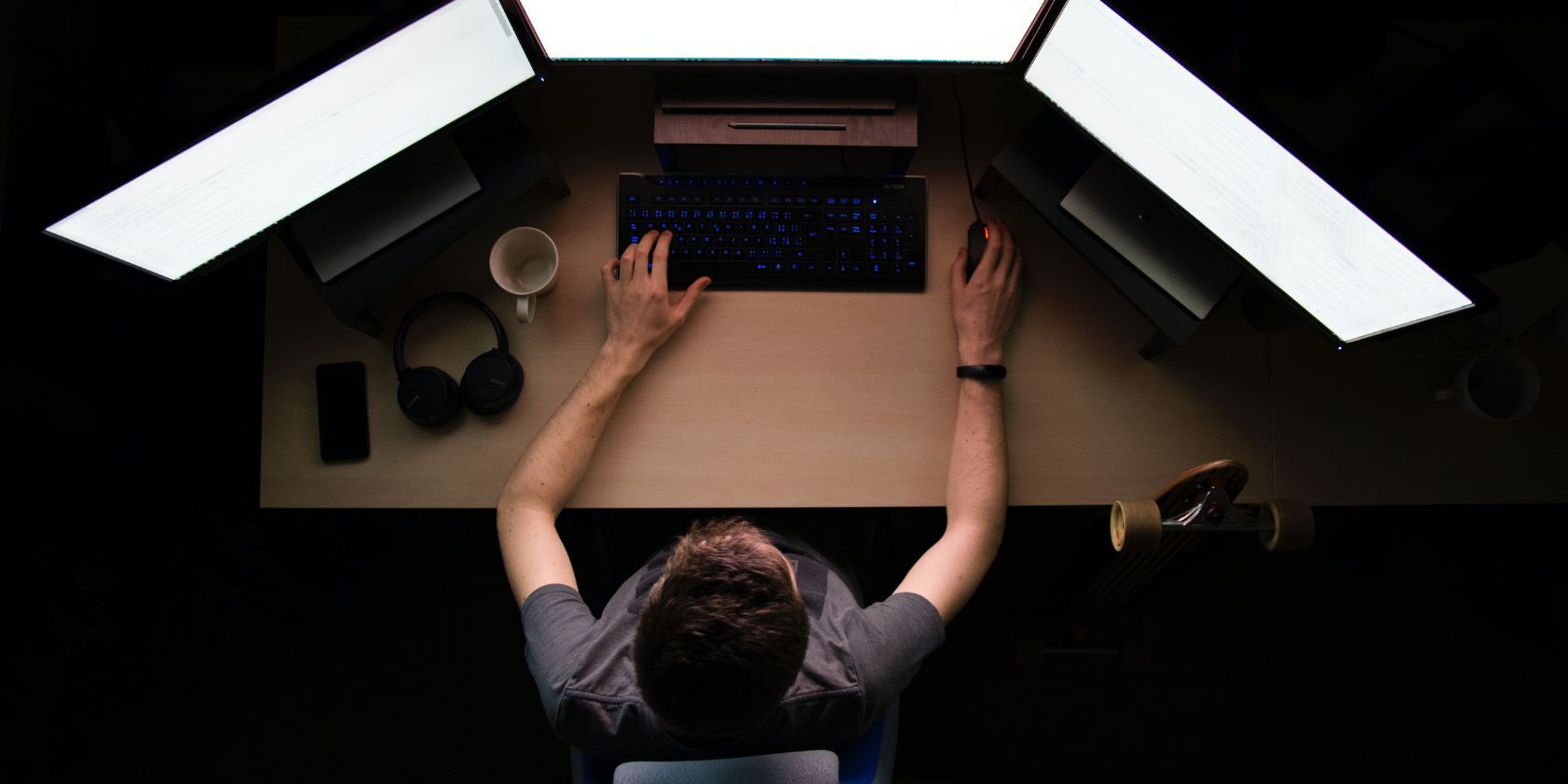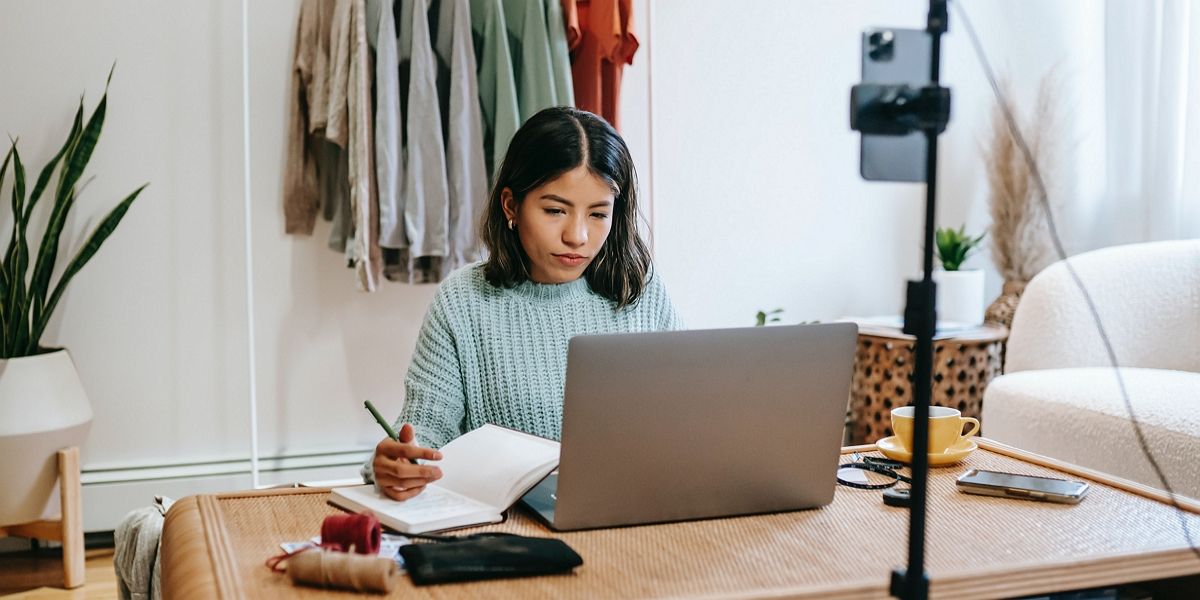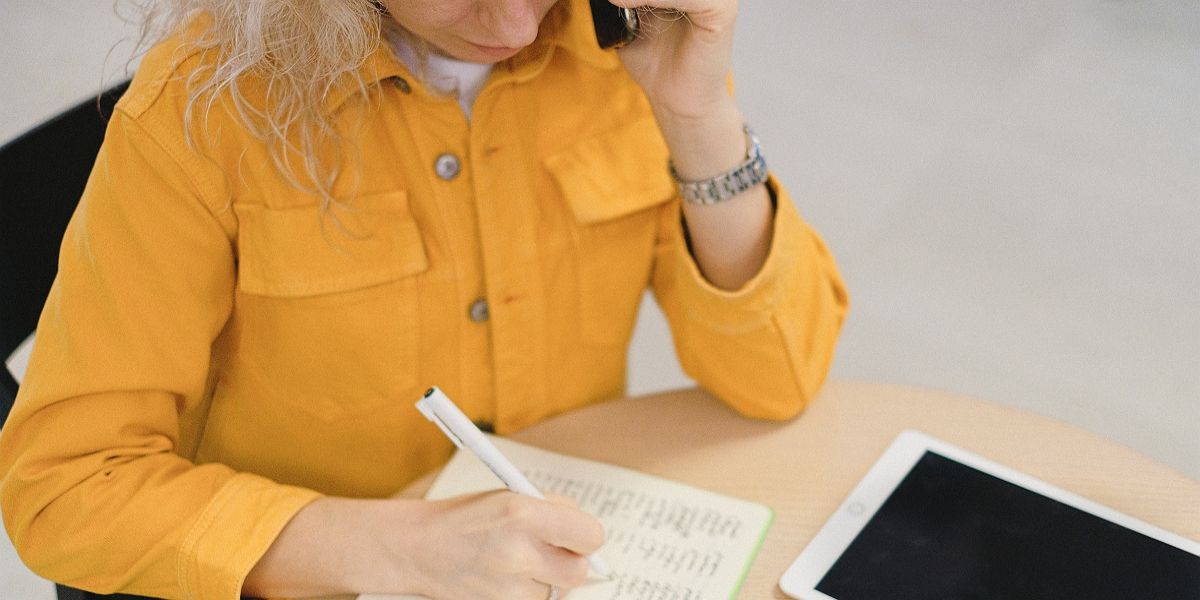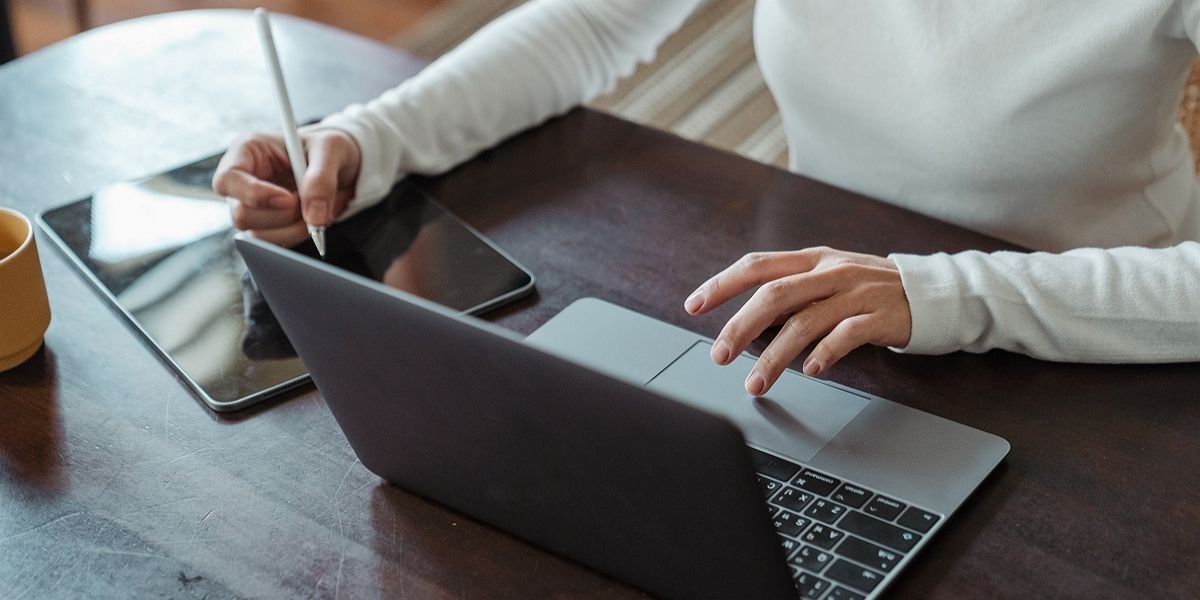In the productivity world, one topic of discussion that often sparks a debate is whether single tasking or multitasking is more effective for boosting productivity. While multitasking has gained popularity as a go-to approach, the lesser-known alternative of single tasking has its own merits.
Keep reading to find out what both approaches mean and to discover the scenarios in which each is best.
What Is Single Tasking?
Single tasking refers to the practice of focusing on one task at a time while removing any room for distractions or interruptions. It involves giving your full attention and energy to a single activity until it is completed or reaches a natural pause point.
Single tasking emphasizes quality over quantity and promotes deep concentration. Common productivity techniques often used with single tasking include deep work sessions and the Pomodoro technique.
The Benefits of Single Tasking
Single tasking can benefit you in the following ways:
- Improved Concentration and Focus: Dedicating your full attention to one task can eliminate the hassles of juggling too much at once. Single tasking allows you to dive deep into one thing at a time, increasing your concentration levels and helping you finish the task faster.
- Reduced Distractions and Increased Efficiency: When you focus on a single task, you get rid of the chances of getting sidetracked by other activities or interruptions. This reduces the need for context switching. Your brain remains focused on your current task, boosting efficiency.
- Enhanced Creativity and Problem-Solving Abilities: Single tasking completely immerses you in one task, giving you the space and mental clarity to think creatively and ideate innovative solutions. By avoiding the cognitive overload associated with multitasking, you can tap into your problem-solving abilities more effectively.
When Is Single Tasking Best?
Single tasking is best applied in the following scenarios:
- Complex and Cognitively Demanding Tasks: Activities that require deep thinking, analysis, and problem-solving are best suited for single tasking. For example, if you’re writing a research paper, coming up with an interior design blueprint, or designing a detailed project plan.
- Creative Endeavors and Brainstorming Sessions: Single tasking is necessary for most creatives who need deep focus and uninterrupted time for their artistic pursuits. Whether you’re painting a masterpiece, composing music, or brainstorming new ideas for a novel, giving your undivided attention to a single task fosters creativity and originality.
- Learning and Skill Acquisition: When studying and acquiring new skills or knowledge, single tasking allows you to absorb information more effectively. By devoting your complete attention to the subject at hand, you can understand and apply its concepts better while also retaining the information for longer.
What Is Multitasking?
Multitasking, on the other hand, involves performing multiple tasks simultaneously or switching between tasks rapidly. With multitasking, you divide your attention and resources between multiple activities at the same time.
Multitasking is quite prevalent in today's digital age, where we’re often required to juggle various responsibilities at once. Whether you're working from a café and multitasking on your iPad, or juggling multiple domestic chores, mastering multitasking can make a huge difference to your routines.
The Benefits of Multitasking
Here are the ways you can benefit from multitasking:
- Increased Productivity: Multitasking can help accomplish multiple tasks within a shorter timeframe. By working on different activities concurrently, you can progress on multiple fronts and achieve higher overall productivity.
- Handling Multiple Priorities and Deadlines: Multitasking becomes a practical approach when multiple tasks demand immediate attention or have overlapping deadlines. You can prioritize and address urgent matters promptly without neglecting other important responsibilities.
- Accommodating Dynamic Work Environments: Some professions or industries thrive on multitasking due to the nature of the work. For instance, customer service representatives often handle multiple inquiries simultaneously or switch between various customer requests.
When Is Multitasking Best?
Multitasking is most suitable for the following scenarios:
- Routine and Repetitive Tasks: Activities that are relatively simple, familiar, and don't require much cognitive effort can be done easily through multitasking. For example, responding to emails, organizing files, or conducting routine administrative tasks.
- Time-sensitive and Urgent Situations: If you’re facing urgent deadlines or time-sensitive projects, multitasking can help you ensure they’re all completed on time. For example, if you’re handling two projects simultaneously and need to divide your time between both.
- Managing Multiple Simple Tasks: Multitasking is great if you’re handling several straightforward tasks that don't require deep thinking or concentration. For instance, you could listen to a news podcast while performing household chores or running errands.
Single or Multitask Your Way to Better Productivity
Ultimately, the choice between single tasking and multitasking depends on the nature of your tasks, your personal preferences, and the work environment you’re in. Reflect on your work style and determine whether you thrive in a focused, uninterrupted environment or while managing multiple activities simultaneously.
Productivity is a personal journey, and finding the right approach is essential to achieving your goals.





